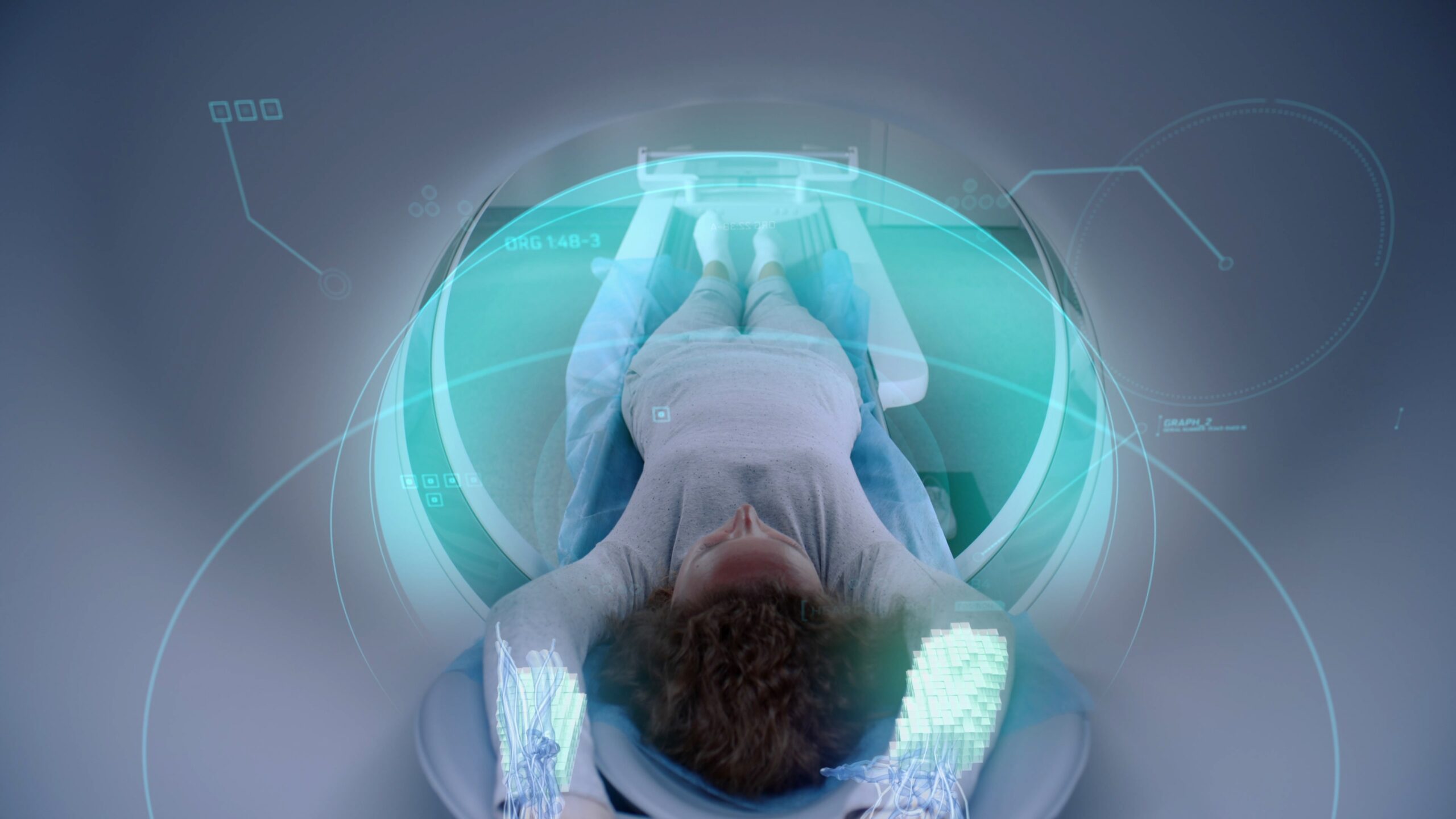What if a machine could train your own immune cells to hunt down cancer with sniper-like accuracy—in just a few weeks, not years?
At a Glance
- AI now designs protein “keys” that turn immune cells into custom cancer hunters in 4-6 weeks.
- This technology leapfrogs years of lab work, opening the door to faster, safer, and more precise cancer treatments.
- Preclinical results show T cells equipped with AI-designed proteins can find and obliterate aggressive tumors.
- The breakthrough could transform cancer care and set the stage for personalized medicine in other diseases.
AI Cracks the Code: Turning Immune Cells into Targeted Cancer Assassins
For decades, doctors have dreamed of making the immune system a precise cancer-fighting weapon, but nature is stingy with the tools. The best T-cell therapies have needed years of painstaking detective work to find receptors that recognize cancer’s unique molecular fingerprints. Most patients don’t have that kind of time. Enter the geeks at the Technical University of Denmark and Scripps Research Institute, who handed the job to artificial intelligence. Their goal: swap the infuriatingly slow hunt for natural T-cell receptors for a digital protein-design speed run. The result? AI systems that spit out customized molecular “keys” that teach a patient’s own immune cells to recognize and destroy their specific cancer.
Watch a report: AI now designs protein “keys”:
Traditional T-cell therapies have been stuck in the slow lane, limited by what nature offers in its grab-bag of immune receptors. But this new AI-driven approach tosses out the old playbook. It doesn’t just search; it creates. By simulating protein structures and their interactions with cancer markers in silico, researchers can now design molecules that fit like a lock and key—targeting even the rarest or sneakiest tumors. Lab tests revealed these AI-crafted proteins could guide T cells to sniff out and annihilate melanoma cells, notorious for dodging the immune system. The speed is jaw-dropping: what used to take years now takes weeks. The magic ingredient is the AI’s ability to run millions of virtual experiments overnight, fine-tuning every molecular handshake until perfection is achieved.
From Petri Dish to Bedside: The Promise and the Proof
The excitement is more than theoretical. The platform, recently showcased in Science, has already outperformed traditional methods in lab models. Researchers equipped T cells with AI-designed “eyes,” and like bloodhounds on a scent, these cells tracked down cancer cells with uncanny precision. Dr. Timothy Jenkins of DTU called the technology “a new set of eyes for the immune system,” likening it to giving T cells a GPS that works in the molecular dark. Safety, always the elephant in the room for immune therapies, gets a digital upgrade too. The system’s virtual screening process weeds out proteins likely to trigger dangerous, off-target attacks. This is not just about speed—it’s about making sure the immune system doesn’t become a bull in a china shop.
But there’s still a chasm between success in the lab and real-world cures. While results in petri dishes and animal models are dazzling, human trials are the next gauntlet. Regulatory bodies like the FDA and EMA will scrutinize every molecule before patients see the benefit. Yet, the scientific consensus is buzzing: the consistency of results across multiple reputable sources, and the peer-reviewed stamp from Science, suggests this isn’t just another flash in the oncology pan.









